There’s an interesting question you can put to anyone who has been acknowledged for their own accomplishments: Who served as an influence to your actions?
But when that person can give something tangible back that will pay homage to their influencers, that takes gratitude to a whole new level. Steve Saleen, himself legendary for building specialty styled and high-performing cars for more than three decades, has managed to do that through the most recent product from the company he heads up: Saleen Automotive Inc.
This engine was designed with the intent of offering unbelievable driveability. While it is rated at 525 hp, it is going to feel like a lot more.
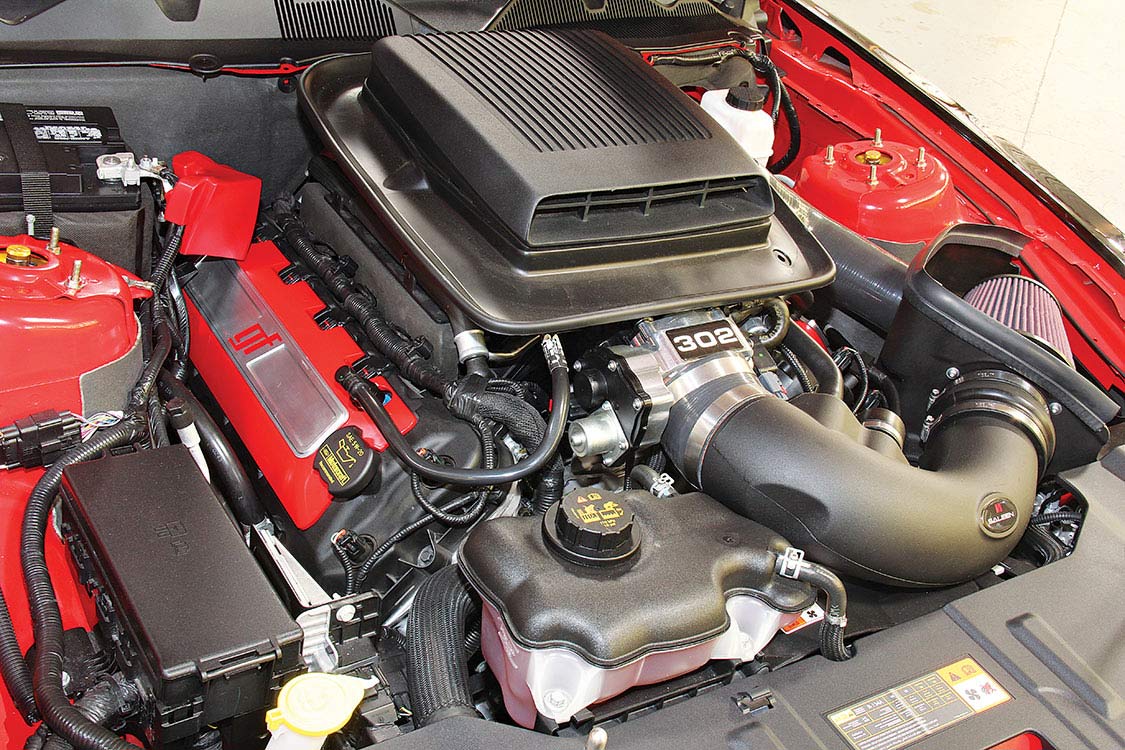

“Seven to eight years ago, I was thinking of a concept that would recognize how history does repeat itself in a different format,” Saleen says.
“Back in the earliest Trans-Am racing days, Camaro, Ford, Challenger and Barracuda were competing for top honors. The battles among the cars and their drivers were immensely popular, and are still discussed today. The 1969–1970 years of cars and drivers of the Trans-Am series have been my area of concentration for Heritage Editions,” he says.
But why choose heroes from a racing era that ended 45 years ago? One can hear a smile in Saleen’s voice when he shares: “I was influenced by the Mission Bell 250 race for Trans-Am cars at Riverside in 1970. I was there.” Saleen and his companies have paid honor to drivers/cars with earlier editions including the Parnelli Jones Mustang and later the Dan Gurney steed.
Now he has chosen to honor the 1969 Boss 302 Mustang campaigned by George Follmer.

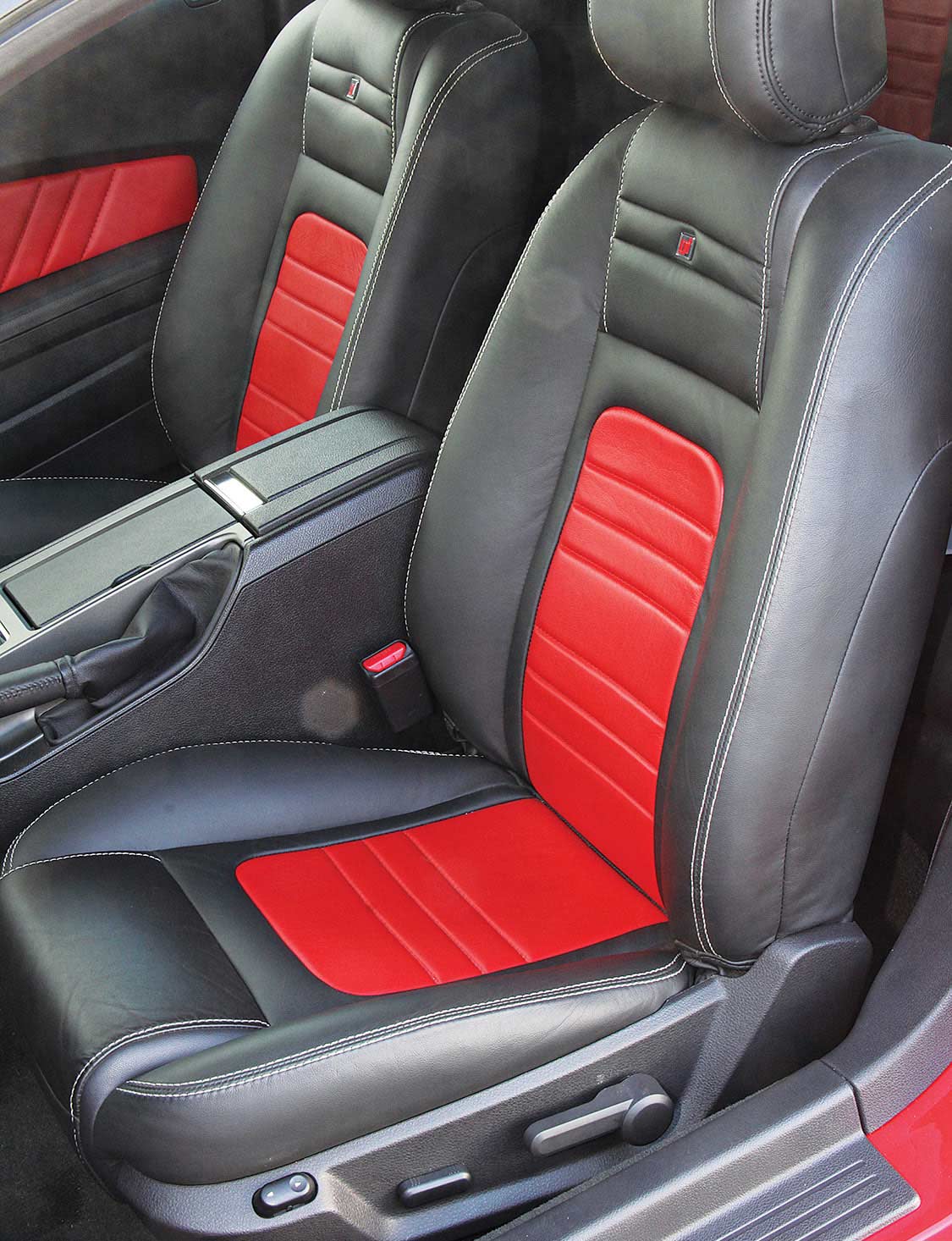

“George was the more successful of the two drivers that year,” Saleen says with conviction. Since the 1969 Boss was the first Boss Mustang model, Saleen Automotive concentrated on replicating the styling cues. The paint and striping theme is true to the factory-backed race-car colors and pattern of a white roof, black hood and upper body, and red sides.
The wheel design was selected to look like the Minilite wheels used back then. “The interior is also replicated in the flavor of the 1960s, with added comfort,” says Saleen. A lot of time was spent on the details. The exhaust tips, the louvers. Chrome rings were added around the taillights, like the 1969 styling cue.
The car has a Saleen “Shaker” hood that is the visual and effective topper. Flip the floormats and underneath one will find the layout of the Bridgehampton and Riverside race tracks, the scene of the two wins that year.
“We have received the endorsement of the Riverside Museum and Mission Bell approval, to be authentic and true to the spirit of the Edition,” Saleen proudly cites.
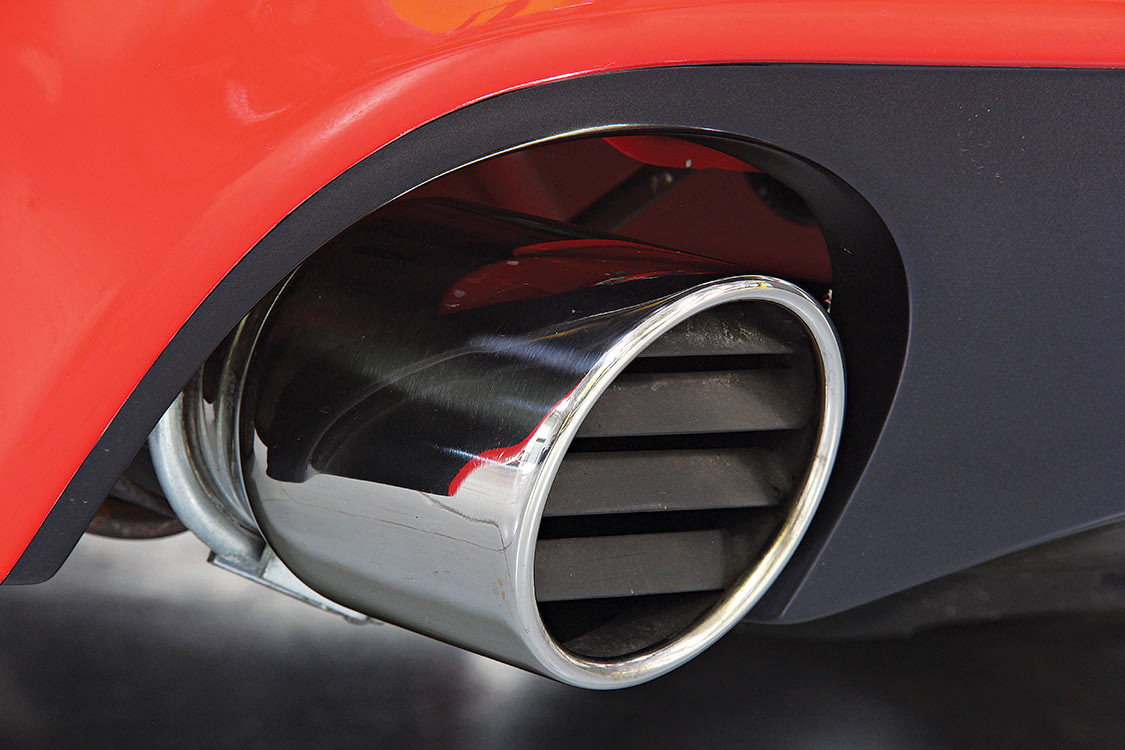

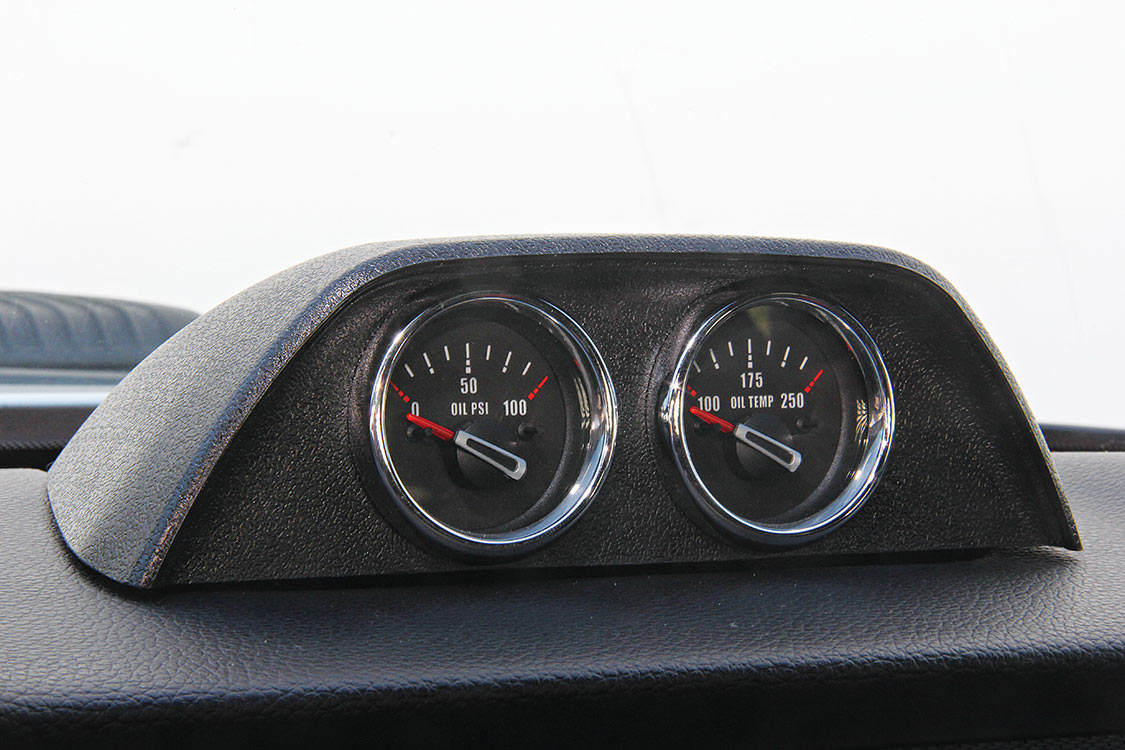
Since Saleen vehicles are noted for performance, close attention was given to the top half of the engine. The George Follmer Edition engine was treated to changes to the heads, camshaft, valve springs and the induction system. The redline is now 8000 rpm, up 1000 over the factory rating.
“Again, we wanted to stay true to the original, so we kept the engine size to 302 cu.-in. (5L). And since the Trans-Am series was for normally aspirated engines, this one is too.
A normally aspirated engine with these changes for power (while respecting emissions requirements) allows the engine to breathe,” Saleen says. He also notes the fun-to-drive factor. According to Saleen: “A ticket is more likely in a normally aspirated car, due to throttle response.”
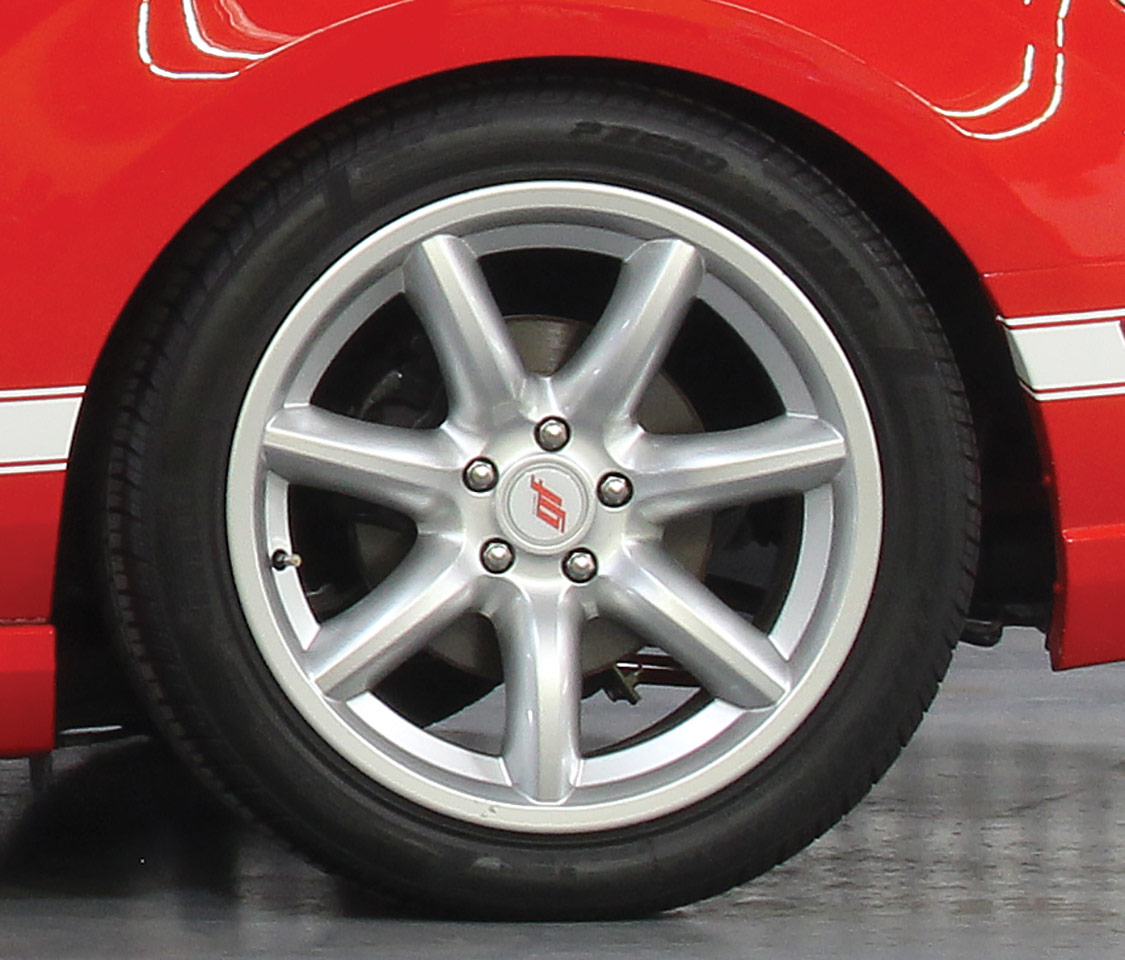
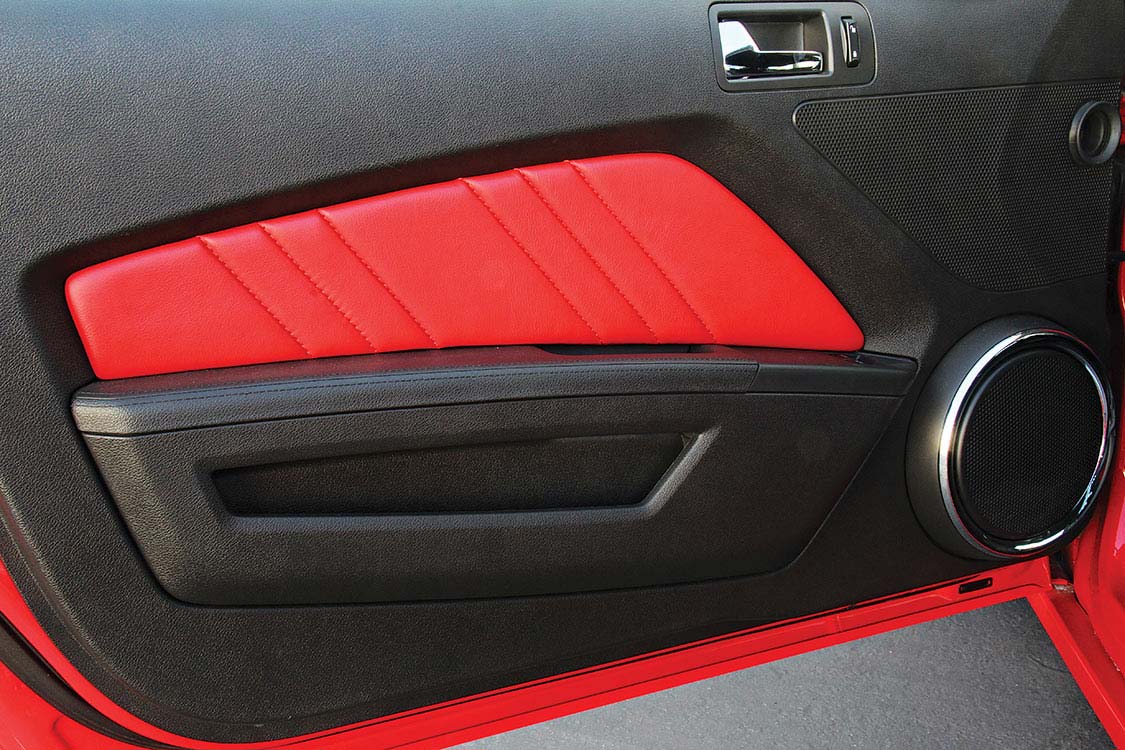
Buyers who tend to judge a car by reading horsepower ratings should consider this admission: “Saleen takes a conservative approach to published specifications. This engine was designed with the intent of offering unbelievable driveability. While it is rated at 525 hp, it is going to feel like a lot more,” Saleen confides. “The response by a naturally aspirated engine is such that the driver’s brain and stomach will give up first.”
In typical Saleen fashion, the handling was enhanced through a Saleen-specific adjustable track-tuned suspension and a Saleen-engineered The Saleen Heritage Collection George Follmer Edition was chosen to be the last Saleen to feature this Mustang platform. The car is a literal “last of the last.” Saleen says, “Some are committed via deposits and some are going to authorized dealers.”
However, the best news is that “some interested parties [can] contact us at Saleen; we continue to offer a personal touch to our sales.”
The range of potential buyers cover the whole gamut: from George Follmer fans, or those who remember the cars from Trans-Am, or race fanatics who revere the 1960s-1970s-1980s (when Follmer was on the track), Saleen aficionados, or maybe just those looking for a limited-edition cool-looking specialty performance car. This no-option Saleen is “a great deal at this level of performance,” he says. We tend to believe him!
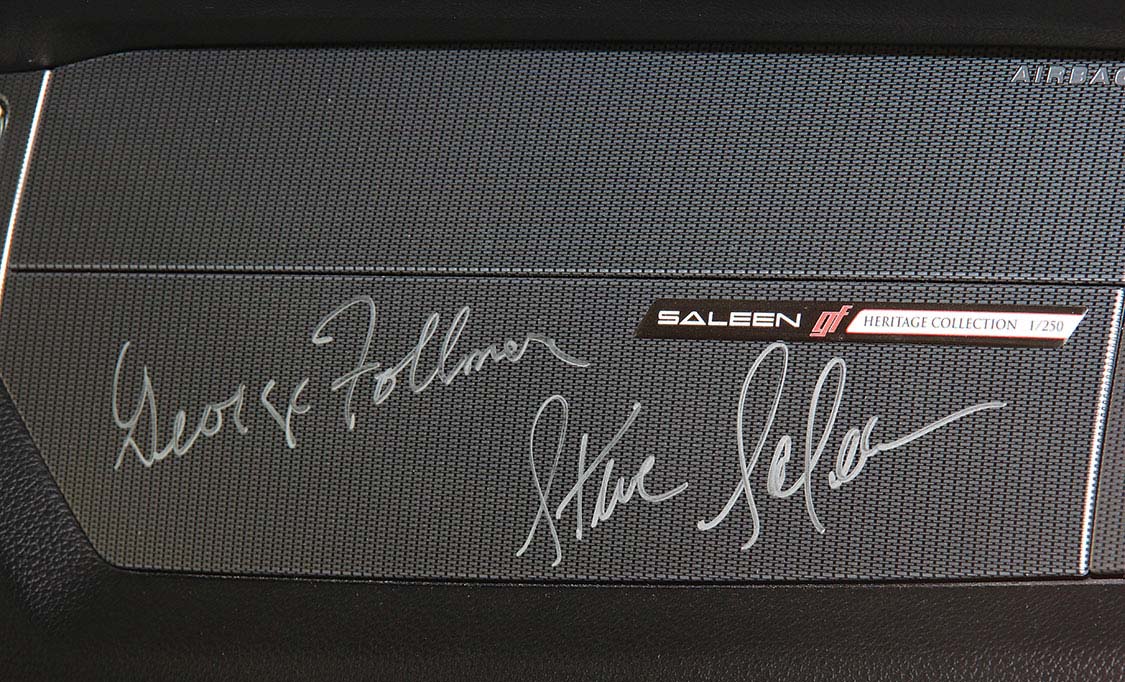
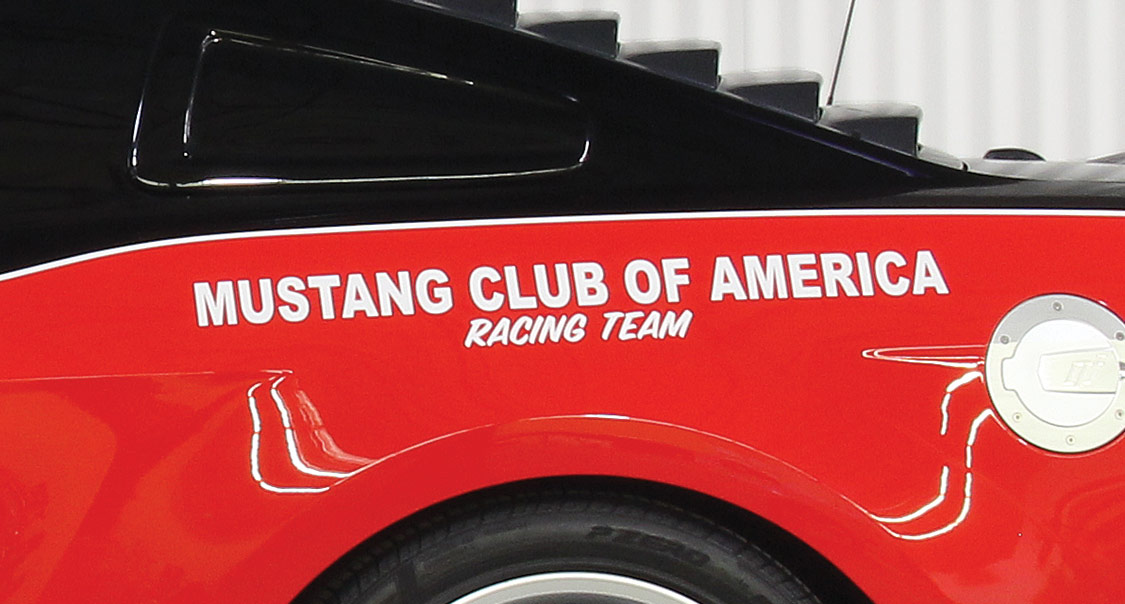
For the uninitiated, George Follmer might be one of the greatest racing drivers that you may have never heard of. Follmer was a winning driver in many series and was the SCCA Trans-Am champion in 1972 and 1976. He was also behind the wheel in fierce competition in Can-Am, USAC Champ Car, Indy Car, Winston Cup, IROC and Le Mans. Follmer drove for Saleen as a factory driver, where he helped them bring home a championship in 1987. George is still alive and well, making appearances and being selected for honors at many events. —Lou Leto
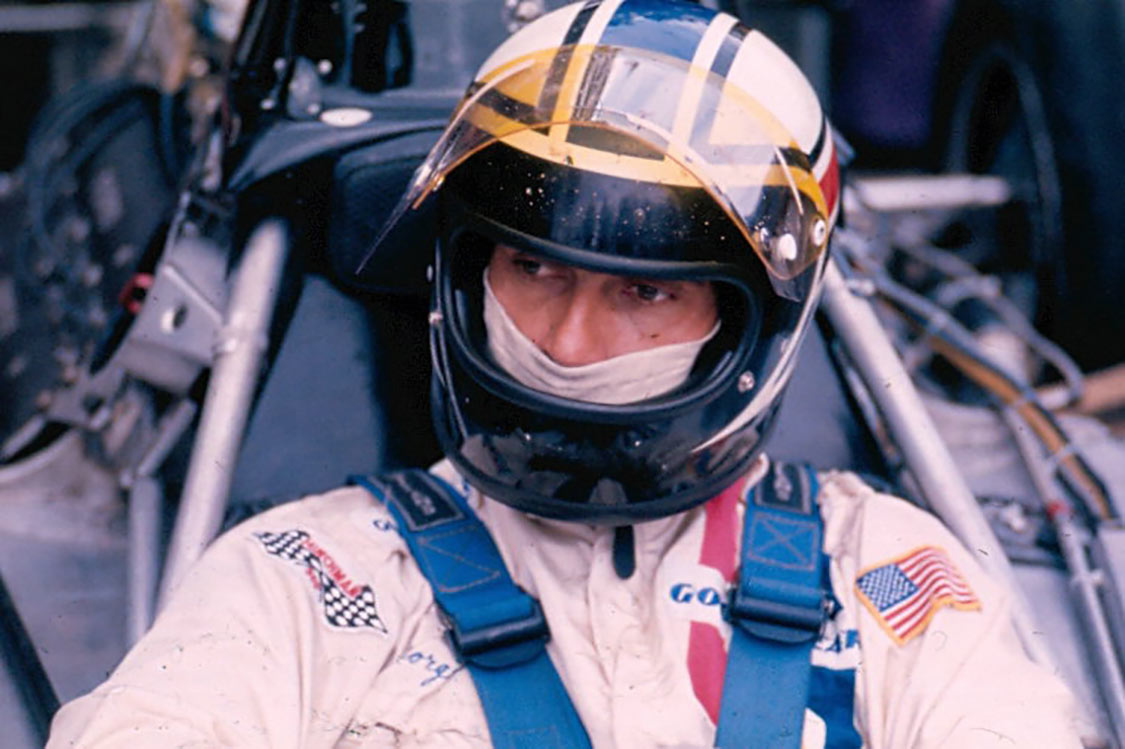
Editor’s Note: A version of this article first appeared in the April 2016 print issue of the Drive Magazine.